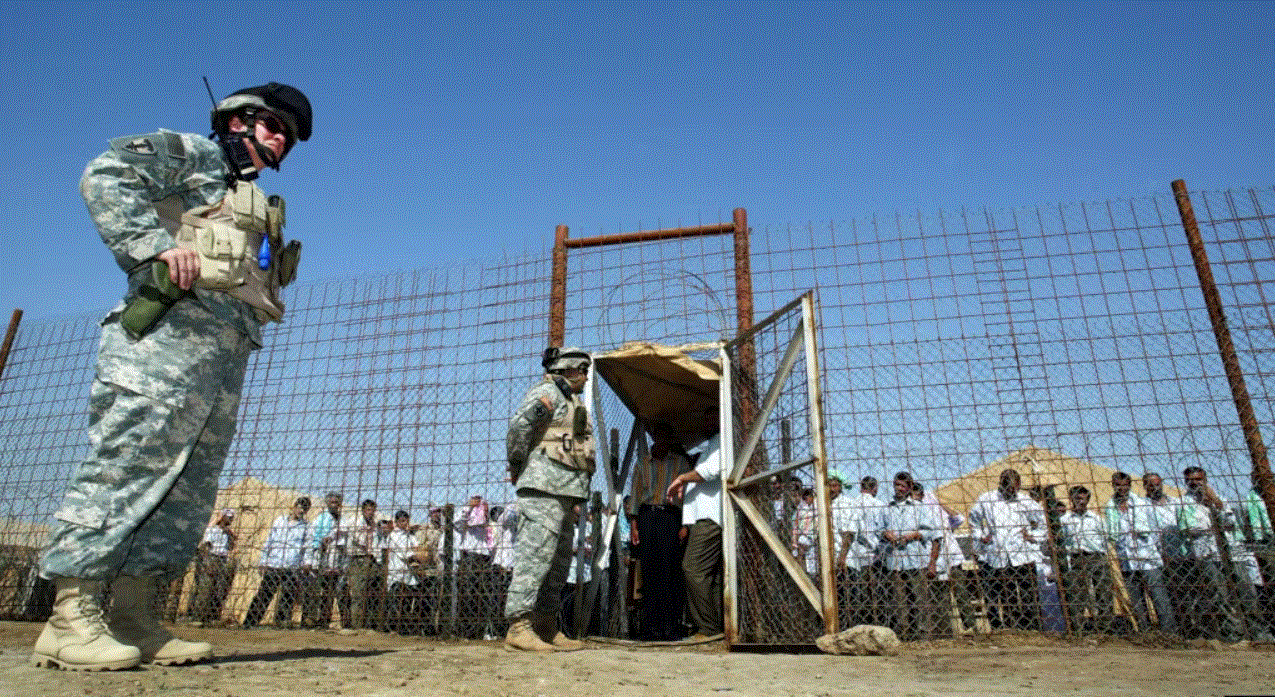Twenty one years have passed since the haunting images emerged from the infamous Abu Ghraib prison, revealing the grim reality of torture and abuse suffered by detainees at the hands of US forces during the Iraq War. While the world was appalled by the shocking visuals, the quest for justice and redress for the victims has remained largely unfulfilled.
In August 2022, the Pentagon introduced an action plan to minimize civilian harm in future military operations, yet it failed to outline a mechanism for addressing past instances of civilian suffering. This lack of acknowledgment and compensation for survivors of torture and abuse in Iraq continues to cast a long shadow over the lives of those impacted.
Human Rights Watch shed light on the plight of individuals like Taleb Al Majli, a former detainee at Abu Ghraib prison. Al Majli’s harrowing account detailed the physical and psychological torment he endured between November 2003 and March 2005, including being part of the disturbing human pyramid image that circulated widely from Abu Ghraib. Despite Al Majli’s attempts to seek redress and recognition for the trauma he faced, navigating the legal pathways for compensation has been an impossible feat. The absence of a clear avenue to file claims for survivors like Al Majli raises profound concerns about accountability and the obligation to address past injustices.
Moreover, Ali Shallal al-Qaysi, another victim under the hood in the Abu Ghraib torture photos, recently shared his agonizing experiences. Al-Qaysi’s detailed narrative, corroborated by former prison officials and legal experts, vividly portrayed the inhumane treatment and torture inflicted upon detainees. Al-Qaysi recounted horrific scenes of torture, including electrical shocks and psychological degradation, shedding light on the pervasive nature of abuse within Abu Ghraib. His testimony further highlighted the ordeal of female detainees, emphasizing the broader scope of suffering that extended beyond the male prisoners. The male prisoners, including Al-Qaysi himself, were not only subjected to physical torture but were made to bear witness to the inhumane treatment of the female captives. He recalled instances where guards exploited male detainees by coercing them to serve food to the women, under the appalling condition of complete nudity. This degrading act was just one facet of the systemic humiliation and abuse suffered by both male and female detainees.
The legacy of Abu Ghraib and similar sites underscored the loss of international obligations, notably the Geneva Conventions, while setting a distressing precedent for prisoner treatment. Despite global condemnation and convictions of some US soldiers involved, the systemic failure to hold higher-ranking officials accountable remains a glaring injustice. Letta Tayler from Human Rights Watch remarked, “Abu Ghraib, Camp Bucca, and other torture sites lowered the bar for adherence to the Geneva Conventions and other international obligations to treat prisoners humanely.”
The stories of Al Majli and al-Qaysi serve as stark reminders of the unresolved wounds from a turbulent chapter in history. Their quest for justice continues amid legal hurdles and a lack of international accountability. As the world reflects on the 20th anniversary of the Abu Ghraib scandal, it’s imperative to not only remember the victims but also actively seek meaningful redress and accountability for the injustices they endured.

